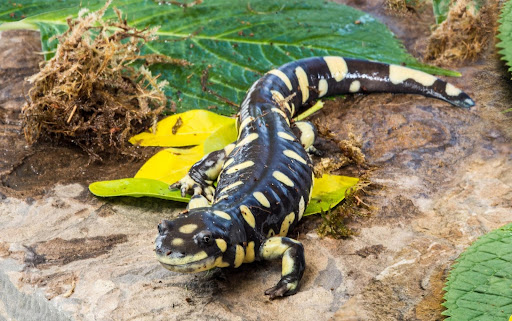By Katja Irvin

Photo: Stop The Pacheco Dam Project
The Pacheco Reservoir Expansion project is a proposal to build a much larger new reservoir to replace the existing Pacheco Reservoir, located in Santa Clara County 60 miles southeast of San Jose. The existing reservoir, owned by Pacheco Pass Water District, is seismically inadequate. The project is currently in the planning phase. Construction is expected to start in 2025, and finish in 2032. The proposed Pacheco Dam Expansion Project is expected to cost $2.78 billion or more. Other than the Delta tunnel, it’s the most expensive project currently being considered by the Santa Clara Valley Water District (Valley Water). Valley Water is struggling to locate project partners to share in at least 20 percent of the cost of the project. This likely means local ratepayers and statewide taxpayers will ultimately be responsible for the cost of the project plus the cost of the Delta Conveyance if either are built.
The Pacheco Dam is a bad project for so many reasons. The environmental and social impacts of this new dam would be tremendous (see side-bar). The project was initially rejected by Valley Water’s Board of Directors in the 1990s due to the cost. However, with the introduction of Proposition 1 Water Storage Investment Program (WSIP) funds, Valley Water amended their proposal by adding in public benefits for emergency water supply, wildlife refuge and an increase in instream flows for Pacheco Creek steelhead. Then they appealed their initial public benefit calculations to convince the California Water Commission to fund 50% of the project costs (about $500 million). The plan is to use a Water Infrastructure Finance and Innovation Act (WIFIA) loan for the project, which will push costs out to future generations. These loans are low-cost and deferred and will add to the project cost of $2.8 billion which is an increase from the original $900 million price tag.
Since then, Valley water has worked with the Bureau of Reclamation to make the Pacheco Dam project the preferred alternative to solve water quality and pumping problems related to the San Luis Reservoir (under the San Luis Low Point Improvement Project). However, a federal feasibility study has yet to be approved for the project for unknown reasons.
This project will not increase the water supply; it is intended to “optimize the use of existing supplies and infrastructure,” allowing more efficient use of imported water allocations from the State Water Project and the Central Valley Project. The project will result in water rate increases without much benefit for the residents of Santa Clara County.
The Loma Prieta Chapter through Sierra Club CA is working with the Stop the Pacheco Dam Project, an initiative funded by a landowner whose land will be inundated if the dam is built. More groups are now connected to this coalition including the Amah Mutsun Tribal Band, the Center for Biological Diversity, the Native Plant Society, Friends of the River, and others. Together, we are working on strategies to inform the public, convince the Valley Water Board of Directors to stop the project and, inform the California Water Commission about the mounting issues that make the Pacheco Dam a bad investment under the WSIP program. We propose the following alternatives: conservation, recycled water (both indirect and direct potable reuse), stormwater capture and other storage options including the Los Vaqueros Reservoir and San Luis Reservoir expansion projects.
On March 16, the Valley Water Board held a special meeting about the Pacheco Dam project, to presumably decide whether or not to proceed with a WIFIA loan for the project. We hope to convince the Board to discontinue this project. Despite the allure of a WSIP grant and WIFIA loans, this is still a bad project.
Interested in this campaign? Get involved by contacting staffer Molly Coulton at: molly.coulton@sierraclub.org
Katja Irvin is a long-time member of the Loma Prieta Chapter and the Sierra Club CA Water Committee.
Environmental Impacts:
Inundate 1,500 acres
Destroy hundreds of acres of oak and sycamore woodlands
Inundate 8.3 miles of Pacheco creek riparian habitat
Impact on listed species including red-legged frogs, tiger salamanders, and golden eagles

Endangered Tiger Salamander
Impact 8 special-status plant species
Impact critical wildlife migration corridors with new the reservoir, roads, powerlines, and pipelines
Greenhouse gas emissions resulting from the massive construction project
Greenhouse gas emissions resulting from pumping and reservoir methane emissions
Social Impacts:
Destroy or degrade at least 32 indigenous cultural sites
Significantly increase water rates impacting disadvantaged communities
Encroach into Henry Coe State Park
Support reliance on imported water instead of local supplies
Saddle future generations with debt and limit future expenditures
